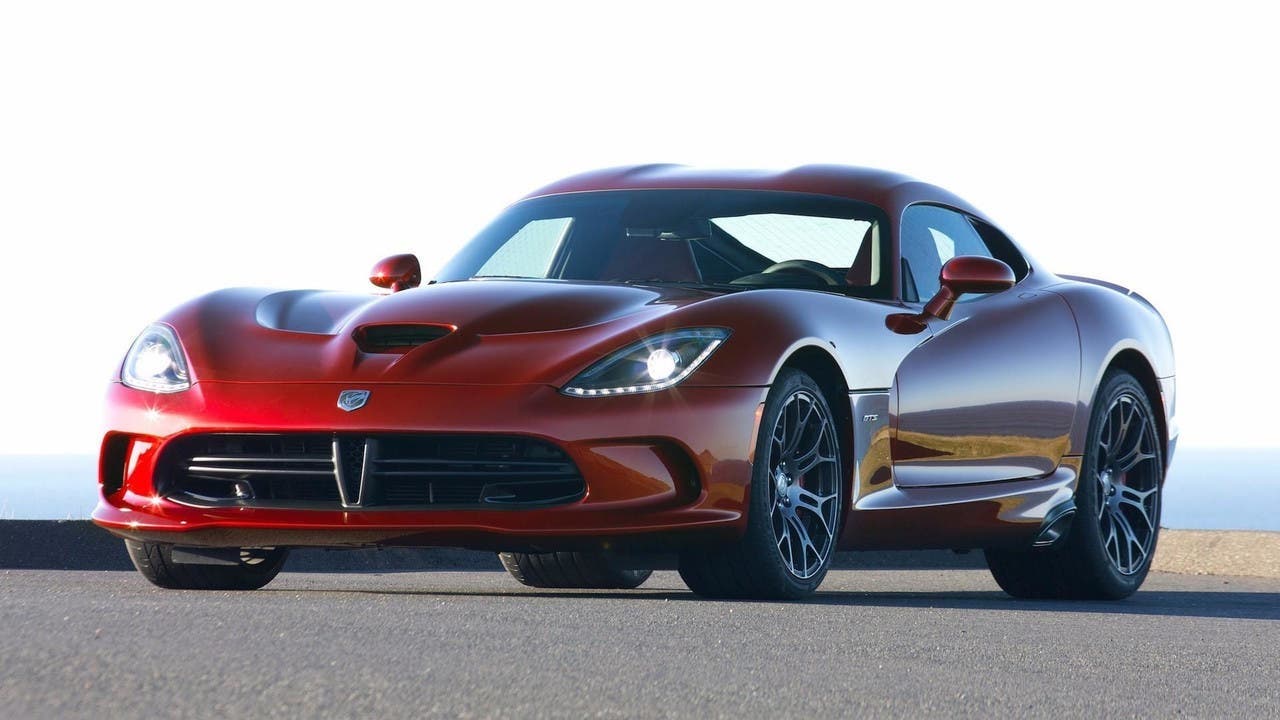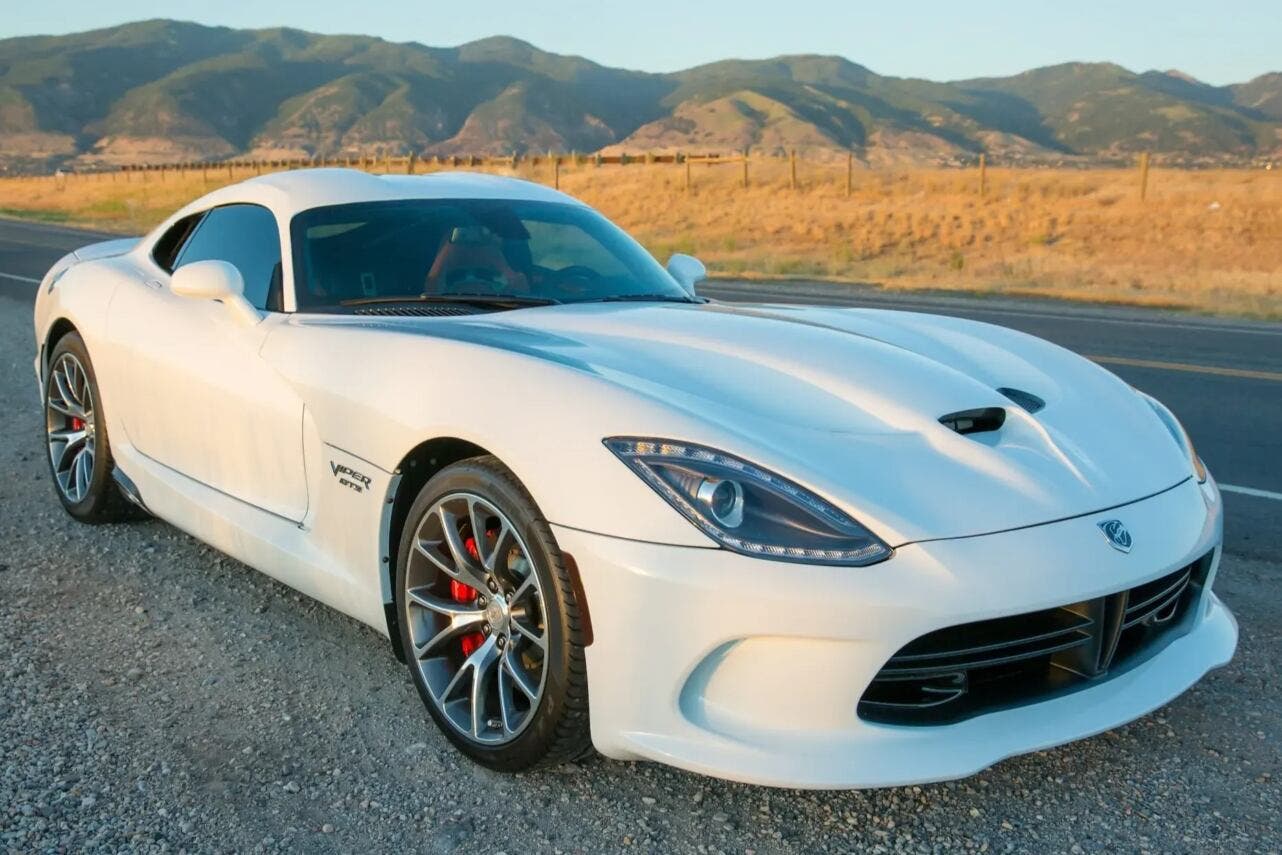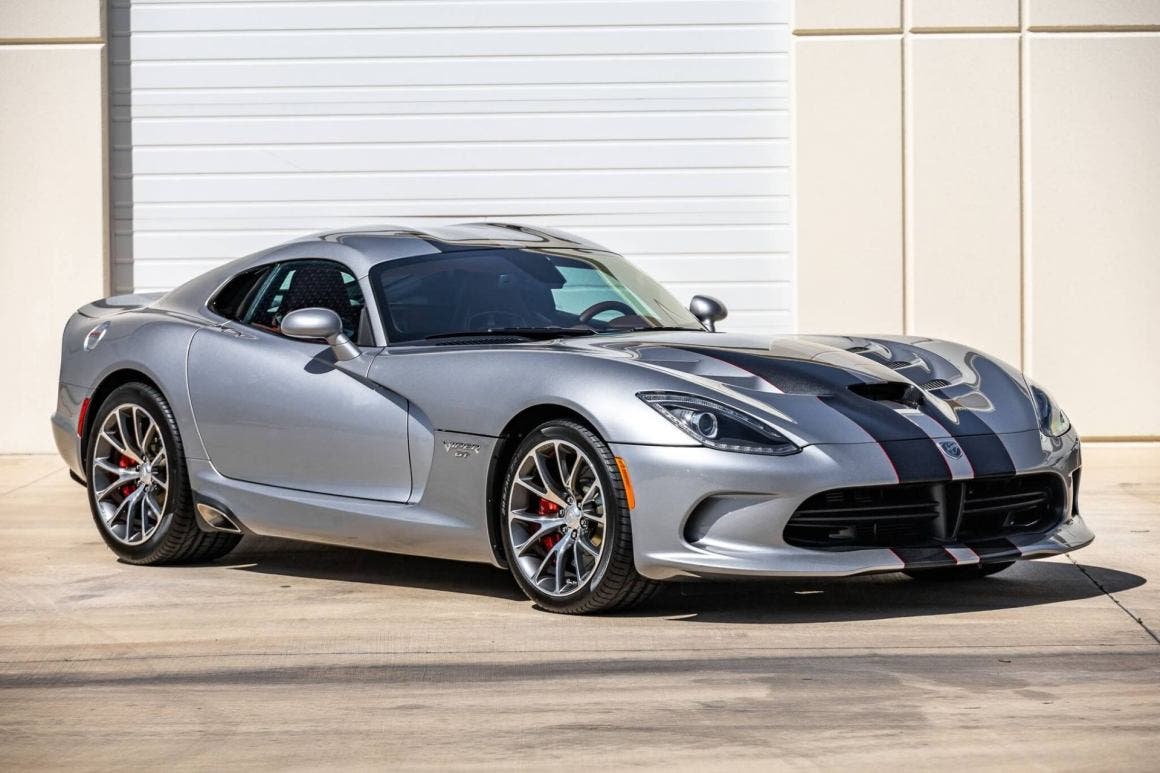The Dodge Viper was never just a simple automobile. This authentic American hellish creature was an explosion of pure power and chaos, hidden behind a few seat belts. Bold and at times almost irreverent, the Viper embodied for a quarter century the quintessence of the uncompromising muscle car. With its engine embedded in a bare chassis, it ignored every idea of moderation or refinement, challenging the world with a frightening roar. Then, in 2017, its run came to an end.
How safety regulations killed the Dodge Viper

It wasn’t, however, a thunderous farewell, but a silent bureaucratic problem. No final plot twist, no epic exit. The Viper simply disappeared from the market. Not due to scandals or catastrophes, but because of a combination of disappointing sales, ruthless competition from the Corvette C7, and a particularly annoying regulatory constraint that was impossible to comply with.
The same Viper that once put every driver’s ribs at risk was brought down by the impossibility of integrating mandatory safety devices: side curtain airbags. Thus, a car defined by instinct and disorder was bent by safety.

It wasn’t just the airbag’s fault. Despite adoration from the specialized press, sales had always been modest. In recent years, the Viper struggled with fewer than 800 units sold annually, barely touching 585 in 2017. The muscle car, with its 645-horsepower V10 engine and a cabin tighter than a pressure cooker, could no longer win over the general public. The real fatal blow, moreover, came from the Chevrolet Corvette C7 Z06, with its 650 horsepower and more accessible price, which literally stole the spotlight and customers.
Returning to the detail that caused most of the Viper drama, we must explain what happened with the US federal safety regulation that required side airbags in every new vehicle. In the Viper, there was no space to mount these devices without costly redesign. With such low sales, the investment wasn’t justifiable, and then-CEO Sergio Marchionne admitted it without mincing words: there would be no new Viper. Unfortunately, just when it seemed to have reached its definitive form, the muscle car disappeared in a cloud of smoke. It left behind a legacy of power, chaos, and missed opportunities.
